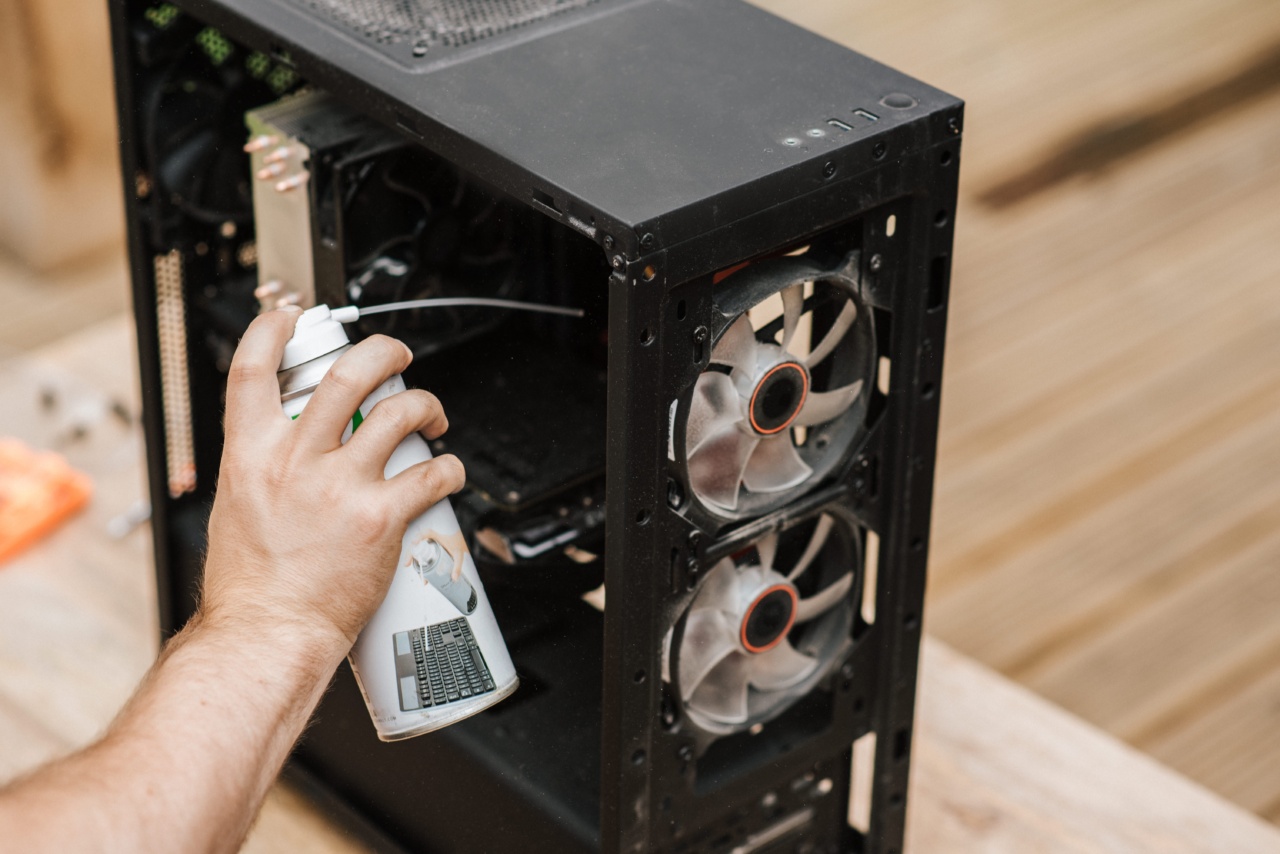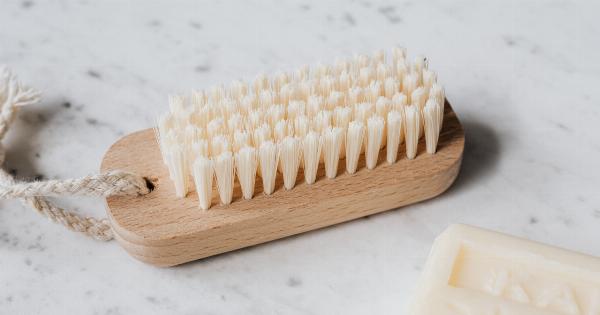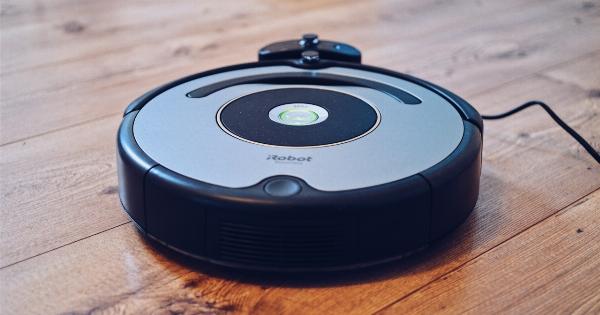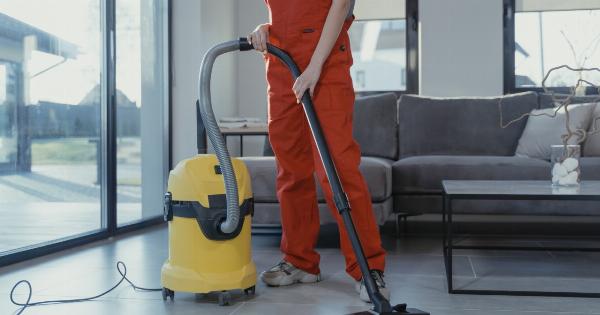Vacuum cleaners are essential tools in maintaining cleanliness in our homes. They help us remove dirt, dust, and debris from our floors and carpets, ensuring a healthy living environment.
However, it is crucial to be aware that vacuum cleaners can also harbor and spread various diseases, particularly if not cleaned and maintained properly. In this article, we will discuss some of the diseases that your vacuum cleaner can potentially spread to your children and provide tips on how to prevent them.
1. Respiratory Infections
When vacuuming, fine dust particles and allergens such as pollen, pet dander, and mold spores can become airborne.
If these particles are not properly filtered by your vacuum cleaner, they can be inhaled by your children, leading to respiratory issues such as allergies, asthma, and bronchitis. Regularly cleaning the filters and ensuring the vacuum has proper dust containment measures can help prevent the spread of respiratory infections.
2. Gastrointestinal Infections
Accidental ingestion of dust, dirt, or food particles trapped in your vacuum cleaner can introduce harmful bacteria or viruses into your child’s digestive system.
This can result in gastrointestinal infections such as diarrhea, vomiting, and stomach cramps. Emptying the vacuum cleaner’s collection bag or canister regularly and cleaning it thoroughly can help minimize the risk of transmitting these infections.
3. Allergies and Asthma
If your vacuum cleaner does not effectively remove allergens such as dust mites and pollen from your carpets, upholstery, and rugs, it can worsen existing allergies and asthma symptoms in your children.
Investing in a vacuum cleaner equipped with high-efficiency particulate air (HEPA) filters can significantly reduce the spread of allergens and improve indoor air quality, providing relief for allergy and asthma sufferers.
4. Skin Infections
Dead skin cells, hair, and other debris collected by your vacuum cleaner can create an ideal environment for bacteria, fungi, and parasites.
If your children come into contact with these contaminated surfaces, they may develop skin infections such as impetigo or ringworm. Regularly cleaning and disinfecting the vacuum cleaner’s brushes, attachments, and other surfaces can help prevent the spread of these infections.
5. Eye Infections
Debris or small particles stirred up by vacuum cleaners can inadvertently land in your child’s eyes, causing irritation and potential infections.
It is essential to teach your children to avoid getting too close to the vacuum cleaner and to keep their eyes protected while cleaning. Ensuring the vacuum cleaner has proper attachments for cleaning curtains, blinds, and upholstery can also help prevent eye infections.
6. Parasitic Infections
Your vacuum cleaner can inadvertently pick up microscopic eggs or larvae of parasites such as fleas, ticks, or mites. If these parasites find their way onto your child’s skin or hair, they can cause parasitic infections and discomfort.
Regularly vacuuming carpets, rugs, and upholstery, especially if you have pets, can help minimize the risk of introducing these parasites into your home.
7. Mold and Fungal Infections
If your vacuum cleaner accumulates moisture or comes into contact with damp surfaces, it can become a breeding ground for mold and fungi.
When these organisms are dispersed into the air during vacuuming, they can cause respiratory issues and skin allergies in your children. Emptying and thoroughly drying the vacuum cleaner’s collection bag or canister after each use can prevent the growth and spread of mold and fungi.
8. Bacterial Infections
If your vacuum cleaner is not properly maintained, bacteria can multiply and thrive within its components. Bacterial infections such as pneumonia or urinary tract infections can occur if your child comes into contact with these contaminated surfaces.
Regularly cleaning and disinfecting the vacuum cleaner’s brushes, filters, and other removable parts can help prevent the spread of bacterial infections.
9. Viral Infections
Some viruses, such as the common cold or influenza, can survive on surfaces for extended periods. If an infected person sneezes or coughs near your vacuum cleaner, the virus particles can attach themselves to its surfaces.
Subsequently, when your child comes into contact with the vacuum or its accessories, they may become exposed to these viral particles, increasing their risk of infection. Regularly disinfecting the vacuum cleaner’s surfaces and encouraging proper hand hygiene can help prevent the spread of viral infections.
10. Prevention Tips
1. Regular Maintenance: Follow the manufacturer’s instructions for cleaning and maintaining your vacuum cleaner, including filter replacements and overall upkeep.
2. Proper Filtration: Choose a vacuum cleaner equipped with HEPA filters to ensure effective removal of allergens and airborne particles.
3. Empty and Clean: Empty the collection bag or canister regularly and clean it thoroughly to prevent the buildup of bacteria, viruses, and parasites.
4. Brush and Attachment Cleaning: Clean and disinfect the vacuum cleaner brushes, attachments, and other surfaces that come into contact with dirt and debris.
5. Ventilate: Use your vacuum cleaner in well-ventilated areas to prevent the concentration of airborne particles.
6. Encourage Proper Hygiene: Teach your children to wash their hands regularly, especially after they have been in contact with the vacuum cleaner or its accessories.
7. Store Properly: Store your vacuum cleaner in a clean and dry area to prevent the growth of mold and fungi.
Conclusion
While vacuum cleaners are incredibly useful tools for maintaining cleanliness in our homes, they can potentially spread diseases if not properly cleaned and maintained.
By following the prevention tips mentioned, such as regular maintenance, proper filtration, and thorough cleaning, you can minimize the risk of diseases being transmitted to your children. Promoting good hygiene practices and ensuring your vacuum cleaner is in optimal condition will contribute to a safe and healthy living environment for your entire family.






























